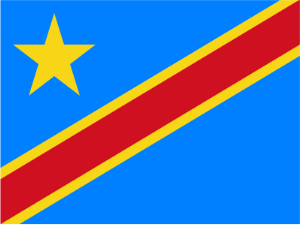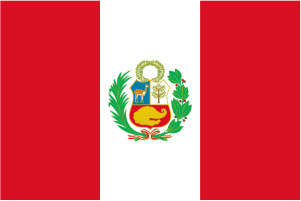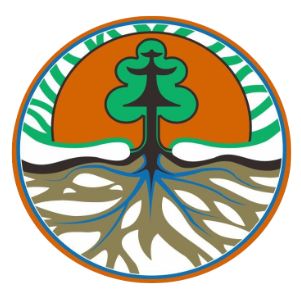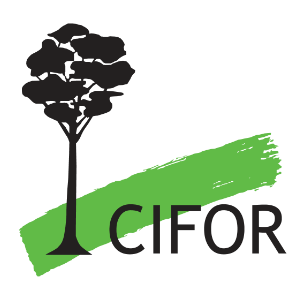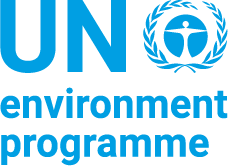
- Peru is one of the richest peatland countries in the tropics. Its peatlands extend over all three of its regions, with a significant area in the Amazon. These peatlands provide key ecosystem services – storing immense amounts of carbon, uptaking carbon dioxide, nurturing unique biodiversity, regulating water at local and regional levels, and providing both livelihoods and cultural values for local people.
- The country’s peatlands have deteriorated through anthropogenic activities, including infrastructure construction and resource extraction (e.g. oil, minerals), and unsustainable uses or practices of varying intensity (e.g. overgrazing, peat extraction, palm felling, overhunting); such practices both threaten them and increase their vulnerability. Climate changes also compromise their stability.
- The Peruvian regulatory framework includes norms and instruments for the sustainable management of wetlands, but peatland-specific regulations are yet to be developed. Recent advances include the elaboration of a national definition for peatlands; however, peatlands are yet to be explicitly included in climate change strategies like REDD+ and NDCs.
- There is a critical lack of scientific research on Peruvian peatlands; they need to be mapped and inventoried, and their ecological properties and economic and social values characterized. If they are to be sustainably managed, it is also essential to identify and value the knowledges and practices of indigenous communities.
- The opportunities for the conservation and good management of these key ecosystems are many, including consolidation of mechanisms of payment for ecosystem services, implementation of sustainable resource management plans by the local population, expansion of protected natural areas, and recognition of communities’ tenure rights.
Download:
 file
file

- Authors: López Gonzales, M., Hergoualc'h, K., Angulo Núñez, Ó., Baker, T., Chimner, R., del Águila Pasquel, J., del Castillo Torres, D., Freitas Alvarado, L., Fuentealba Durand, B., García Gonzales, E., Honorio Coronado, E., Kazuyo, H., Lilleskov, E., Málaga Durán, N., Maldonado Fonkén, M., Martín Brañas, M., Vargas, T.M., Planas Clarke, A.M., Roucoux, K., Vacalla Ochoa, F.
- Author Affiliation: Institute of Natural Sciences, Territory and Renewable Energy at the Catholic University of Peru (INTE‑PUCP), University of Leeds, Michigan Technological University, Institute for Research of the Peruvian Amazon (IIAP), National Institute for Research on Glaciers and Mountain Ecosystems (INAIGEM), National Water Authority (ANA), Japan Space Systems, Center for Ornithology and Biodiversity (CORBIDI), Regional Environmental Authority, Regional Government of Loreto (ARA-GOREL), SilvaCarbon, University of St Andrews, SERFOR-CAF Forestry Program of the National Forestry and Wildlife Service (SERFOR), United States Department of Agriculture (USDA)
- Subjects: peatlands, climate change
- Publication type: Paper-R
- Year: 2020
- ISSN: 978-602-387-142-1
- DOI: https://doi.org/10.17528/cifor/007848












